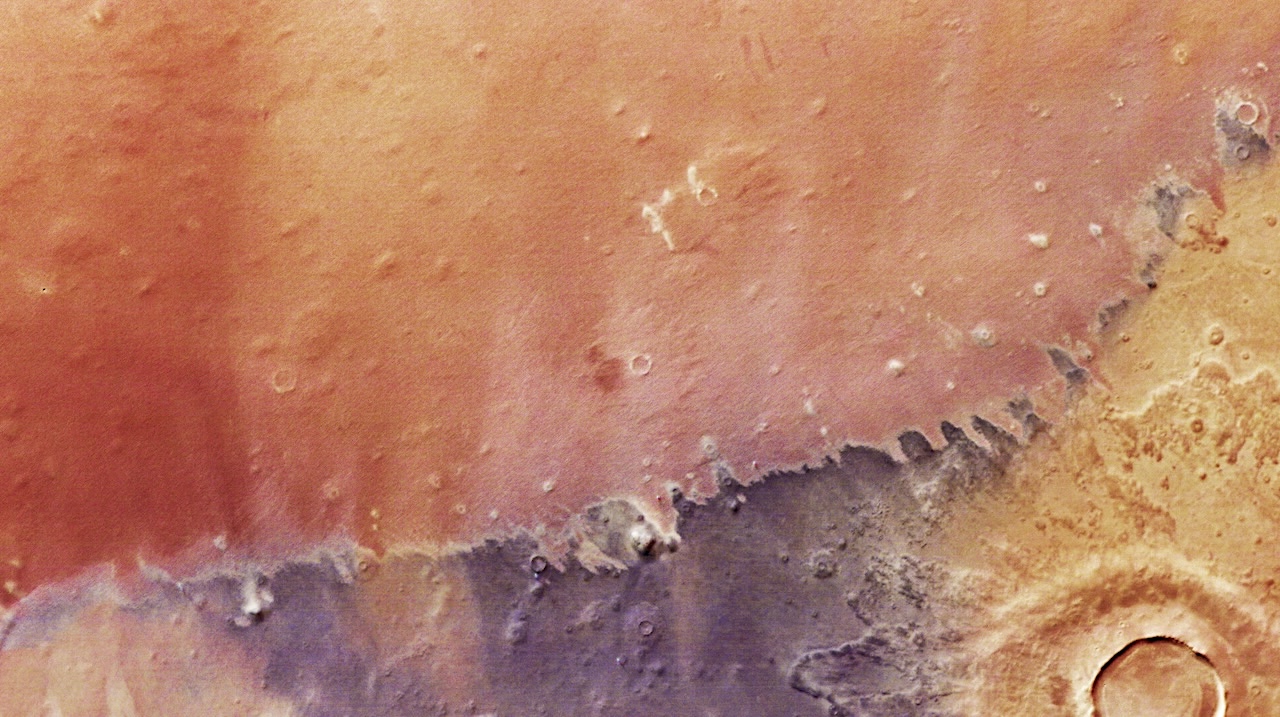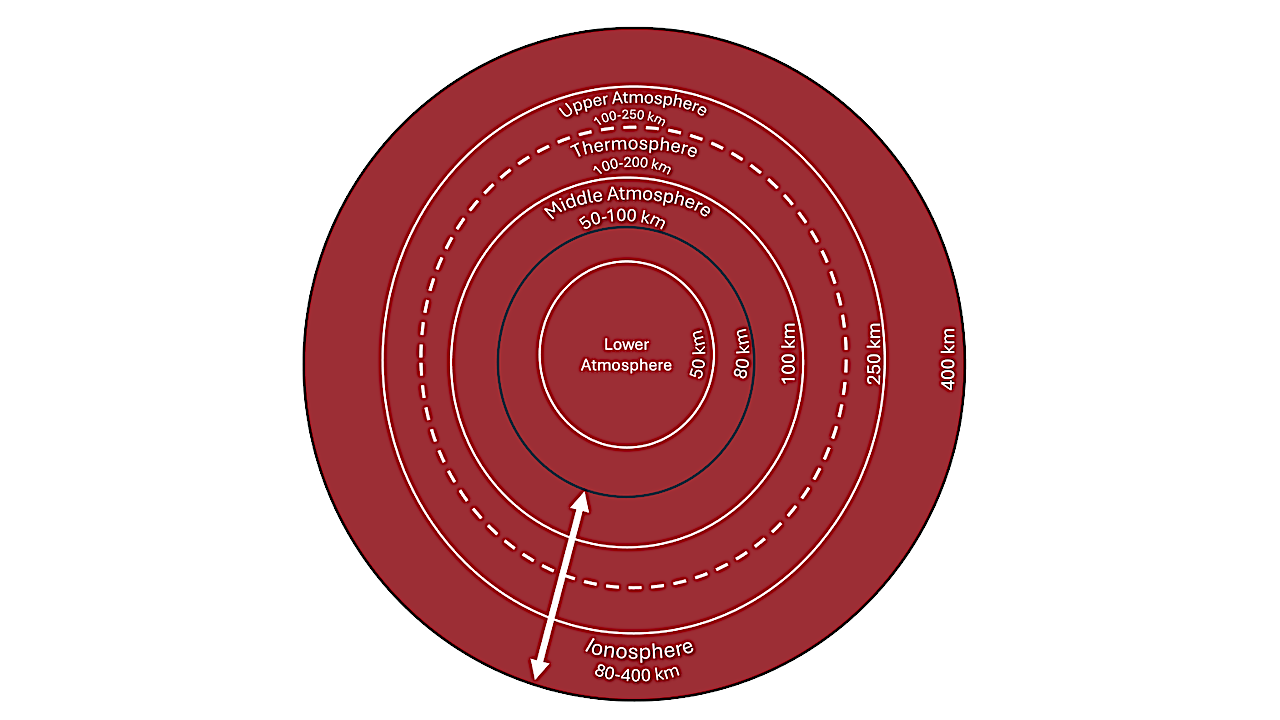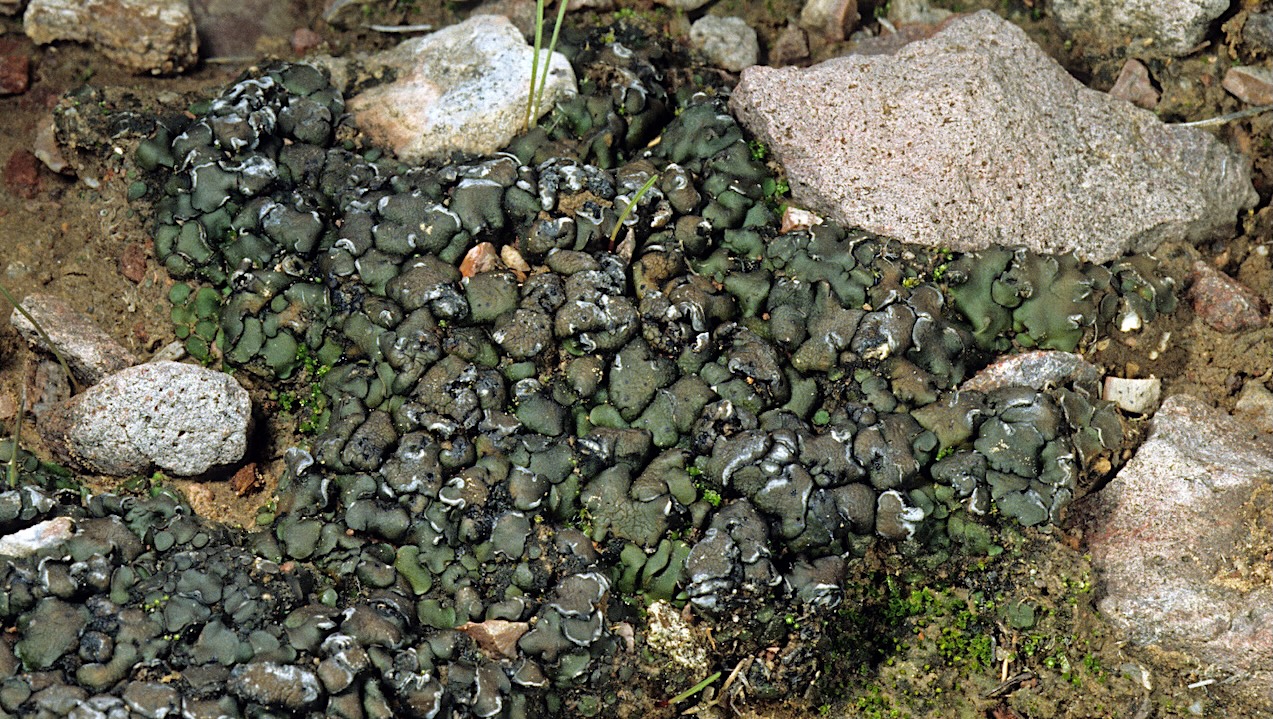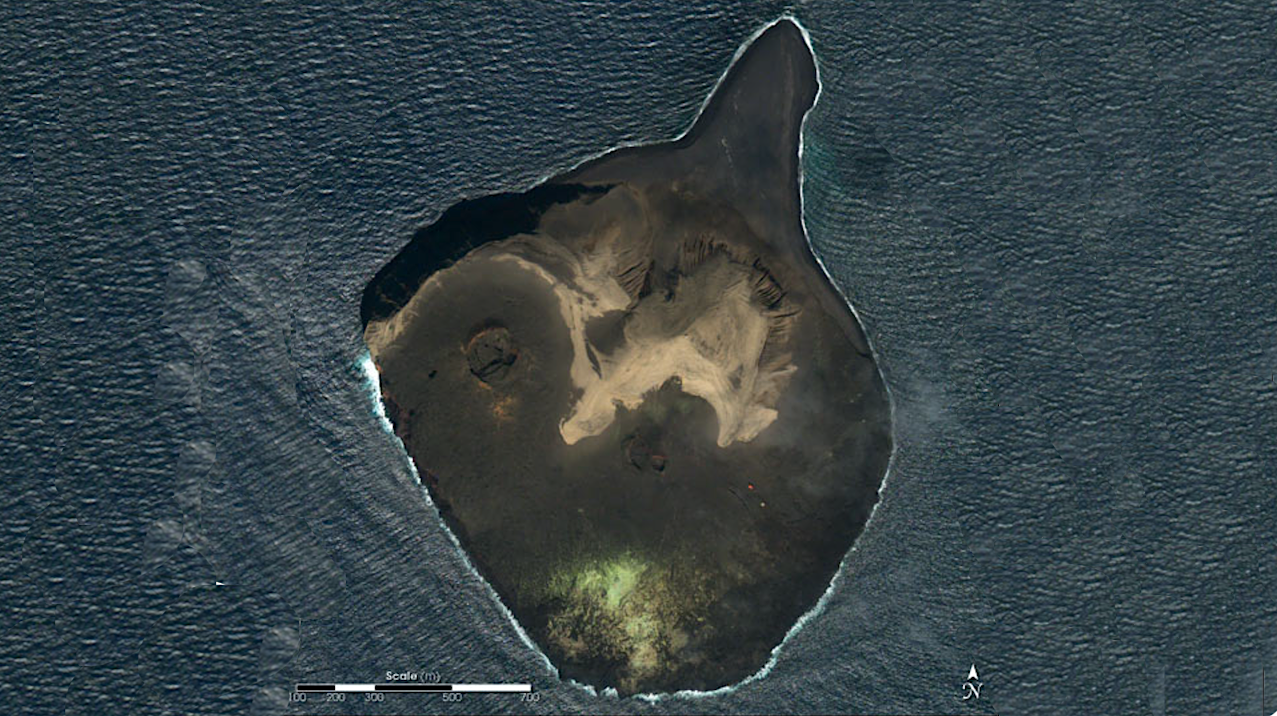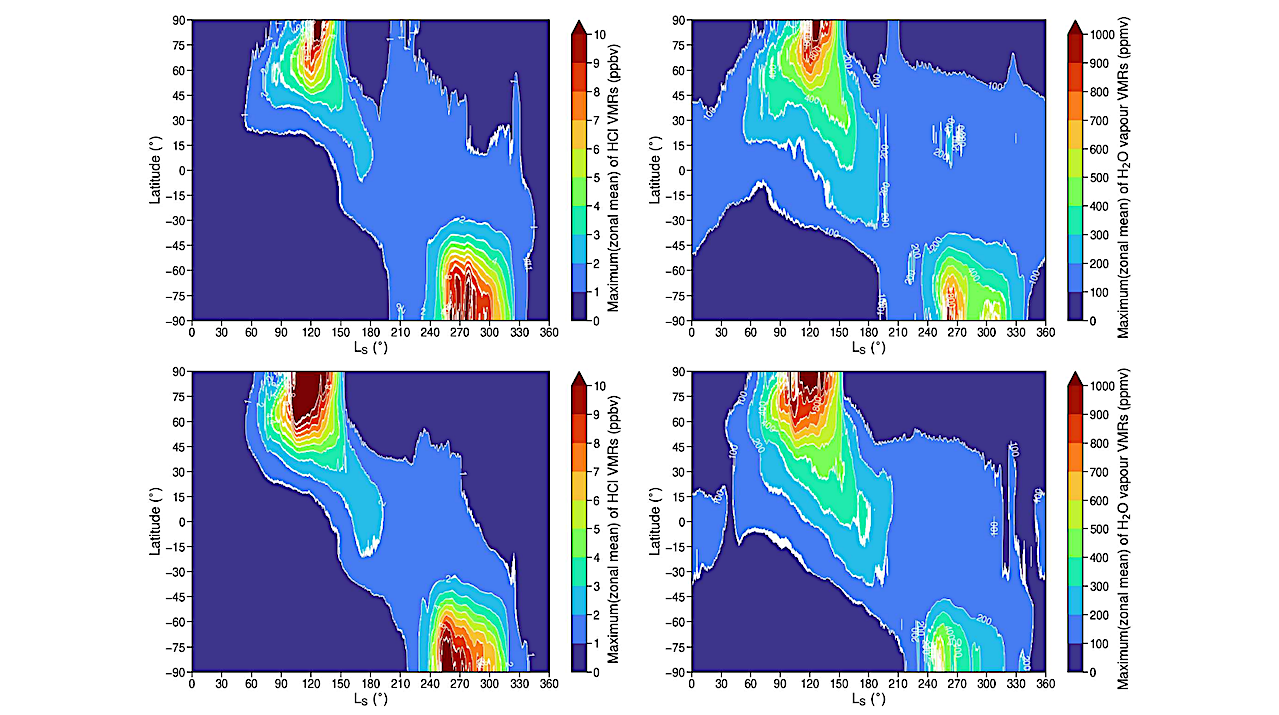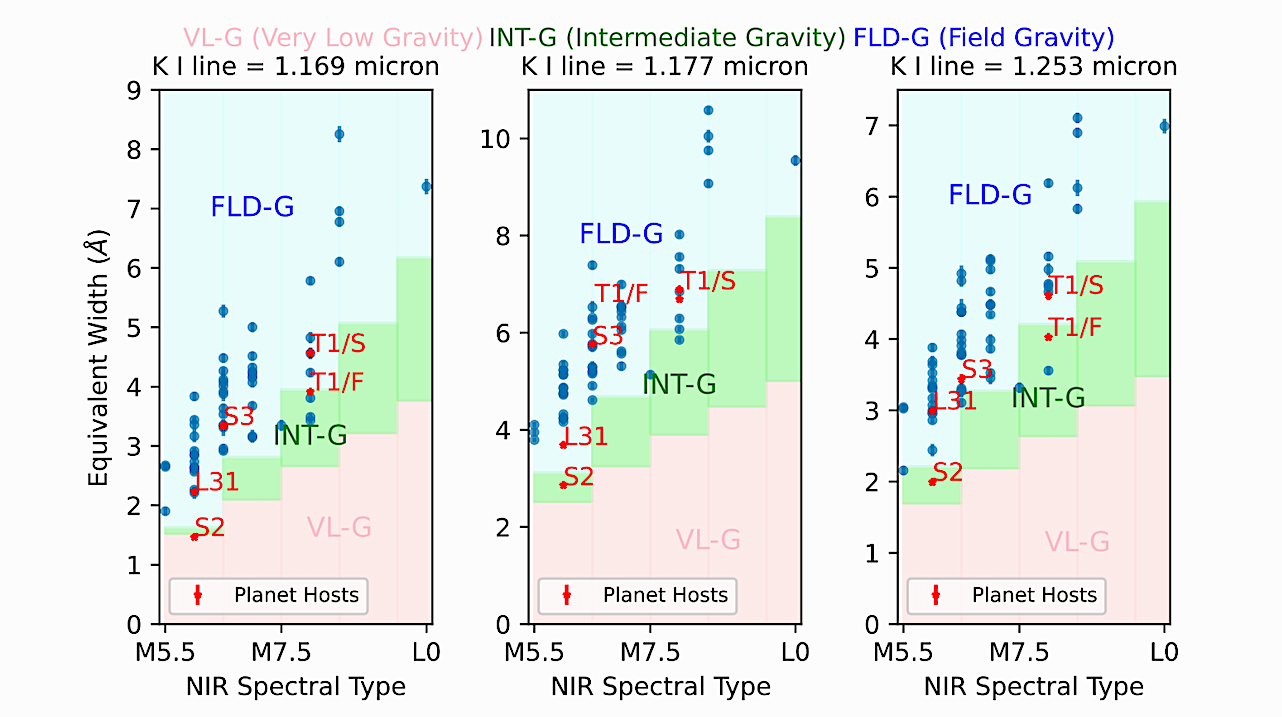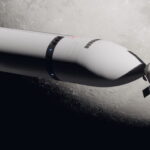The European Space Agency’s Mars Express has captured a swirl of colour on the Red Planet, with yellows and rust-oranges meeting deep reds and browns. __ESA Lurking within this martian
Astrobiology80- Page
Pictorial representation of the atmospheric layers of Mars. This purpose of this figure is to show the integrated nature of the planetary atmosphere and re-emphasizes the need to study these
Many of the recently discovered Earth-like exoplanets are hosted by M and F stars, stars that emit intense UVC, especially during a flare. We studied whether such planets are nevertheless
ASGSR 2025 Interested in volunteering to review ASGSR 2025 abstracts? Please fill out the form to volunteer. This must be filled out by the end of the day on Wednesday,
On November 14, 1963, an Icelandic fisherman noticed a plume of smoke rising from the open water. Within a day, Surtsey, a new volcanic island, had formed off the southern
HCl was detected in the Martian atmosphere by the NOMAD and ACS spectrometers aboard the ExoMars TGO. Photochemical models show that using gas-phase chemistry alone is insufficient to reproduce these
Time evolution of abundances of some notable metal-bearing species in the hot cores. — astro-ph.GA Metal-bearing species in diffuse or molecular clouds are often overlooked in astrochemical modeling except for
RGZ EMU user interface and its 3-step workflow setup. The first 2 steps (in blue color) of the workflow is compulsary, while the third (in green color) is optional. —
EWs for the K i lines in the J band vs. NIR spectral type for M dwarfs in our sample. The figure elements are the same as in Figure 3.
Multi-layered pipeline for identifying bacterium/archaeon pairs with similar genomic signatures. Layer 1: Five selected non-parametric clustering methods identify clusters of organisms with similar genomic signatures. The clusters containing both bacteria
-
 012024 in Review: Highlights from NASA in Silicon Valley
012024 in Review: Highlights from NASA in Silicon Valley -
 02Panasonic Leica Summilux DG 15mm f/1.7 ASPH review
02Panasonic Leica Summilux DG 15mm f/1.7 ASPH review -
 03How New NASA, India Earth Satellite NISAR Will See Earth
03How New NASA, India Earth Satellite NISAR Will See Earth -
 04And Thus Begins A New Year For Life On Earth
04And Thus Begins A New Year For Life On Earth -
 05Astronomy Activation Ambassadors: A New Era
05Astronomy Activation Ambassadors: A New Era -
06SpaceX launch surge helps set new global launch record in 2024
-
 07Space Force plans new ‘Futures Command’ amid pressure to speed up modernization
07Space Force plans new ‘Futures Command’ amid pressure to speed up modernization


